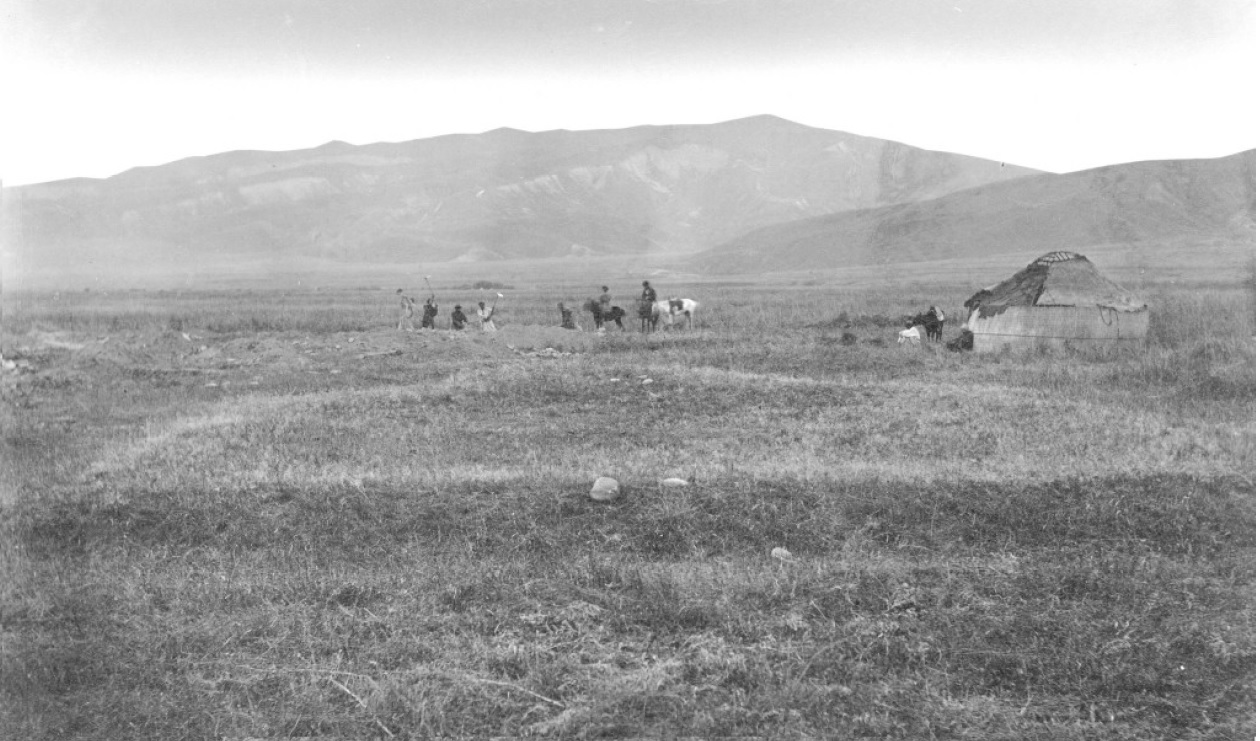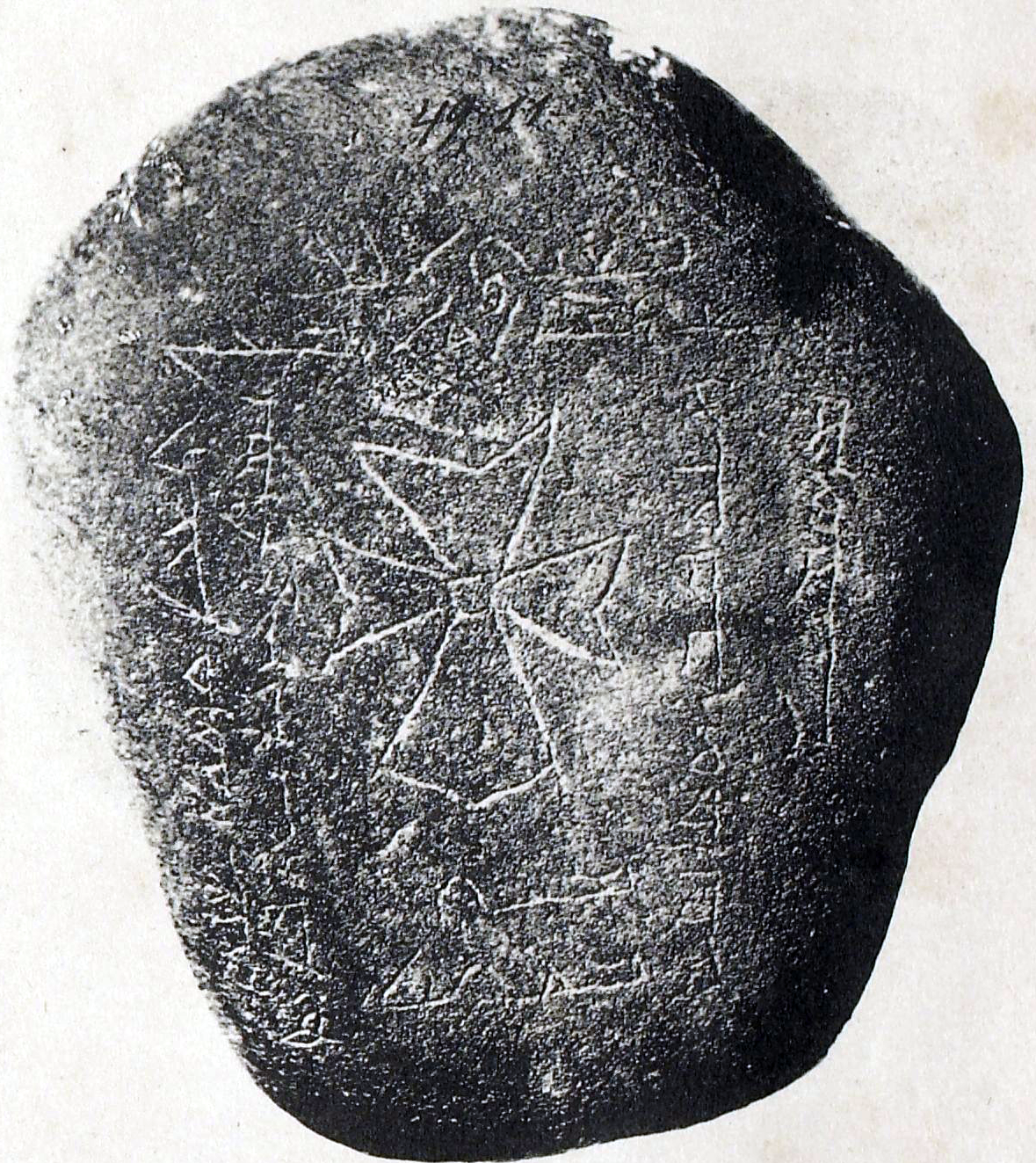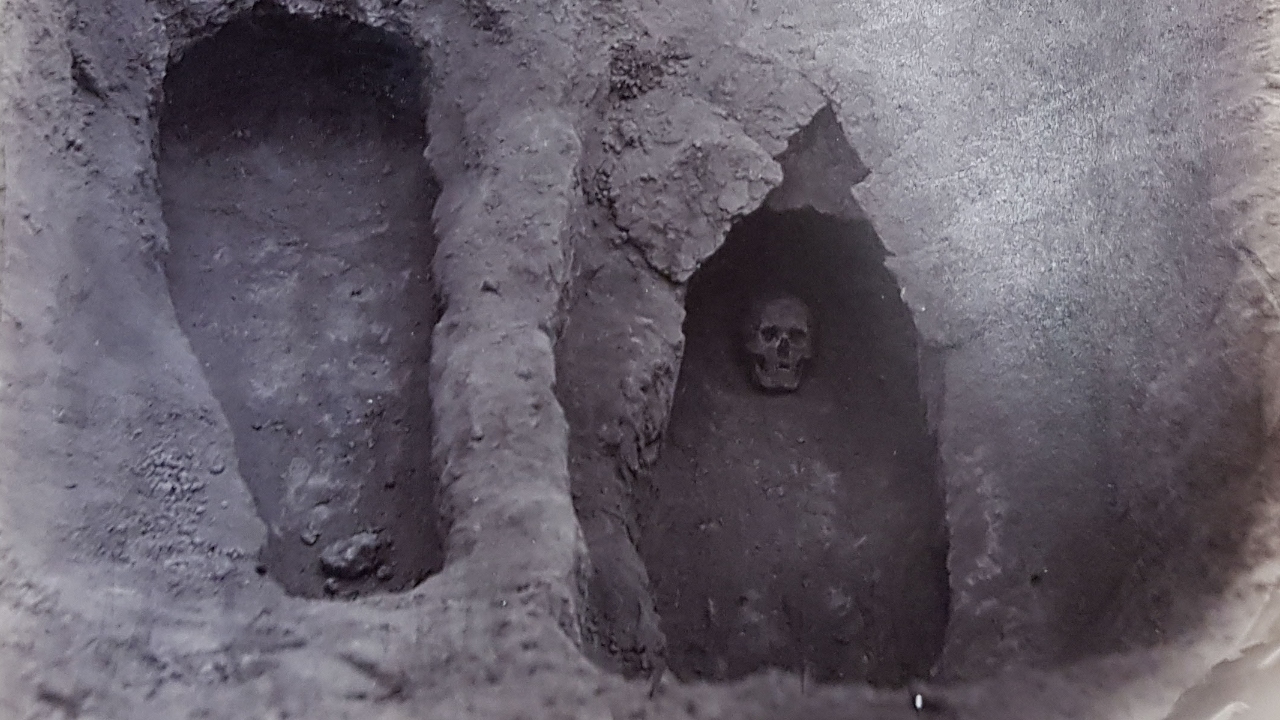Scottish researchers have uncovered the origins of the Black Death that sparked a nearly 500-year-long pandemic killing many millions of people.
For more than six-and-a-half centuries, the source of the bubonic plague has been a mystery.
But specialist scientists from the University of Stirling, Max Planck Institute and the University of Tubingen have uncovered the first historical proof that the late medieval Black Death originally began in the Central Asian region of North Kyrgyzstan in the late 1330s.
Origins of the pandemic have been questioned by medieval chroniclers ever since its appearance in Europe, Middle East and North Africa 675 years ago, and debated by historians for the last 270 years.
 University of Stirling
University of StirlingThe study effectively ends this mystery, as well as disputes over the origins of the outbreak, according to the team.
The Black Death was first detected in the 1330s and was the initial wave of a nearly 500-year-long pandemic termed the “Second Plague Pandemic”. It is considered one of the largest infectious disease catastrophes in human history and killed up to half of the population of Eurasia in the first four years.
The breakthrough follows research which brought together palaeo-genetics, history and archaeology.
 University of Stirling
University of StirlingResearchers were able to analyse ancient DNA (aDNA) taken from the teeth of skeletons discovered in burial sites in the Tian Shan region. The sequencing showed they contained Yersinia pestis, plague bacterium – whose evolutionary position is placed right at the very beginning of the Black Death outbreak and before it arrived in Europe.
University of Stirling historian, Dr Philip Slavin, a part of the team, was instrumental in making the historic discovery.
He said: “We studied specimens from two cemeteries near Lake Issyk Kul in what is now North Kyrgyzstan after identifying a huge spike in the number of burials there in 1338 and 1339.
“We then discovered that this site had in fact been excavated in the late 1880s with around thirty skeletons taken from the graves. We were able to trace these skeletons and analyse aDNA taken from the teeth. To my astonishment, this confirmed the beginning of the second plague pandemic.”
Dr Maria Spyrou of the University of Tubingen, and the first author of the study, said: “We were able to sequence aDNA taken from seven individuals unearthed from two of these cemeteries – Kara-Djigach and Burana in the Chu Valley. Most excitingly, we found aDNA of the plague bacterium in three individuals.”
Professor Johannes Krause of the Max Planck Institute for Evolutionary Anthropology in Leipzig, said “Just like COVID, the Black Death was an emerging disease, and the start of a huge pandemic that went on for some 500 years. It’s very important to understand actually in what circumstances did it emerge.”
The research study ‘The source of the Black Death in 14th-century central Eurasia’ was published in the Journal ‘Nature’ on June 15, 2022.
Follow STV News on WhatsApp
Scan the QR code on your mobile device for all the latest news from around the country






























